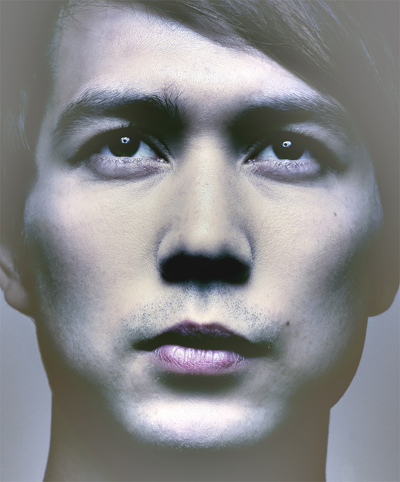 Tommy Franzen needs no introduction. Beginning his dance training in Sweden, he was only ever interested in street dance classes. Tommy then began working professionally at the young age of 14 in the musical Joseph, hopping from musical to musical before embarking on a 3-year performing arts diploma course at the Urdang Academy in London, for which he received a scholarship.
Tommy Franzen needs no introduction. Beginning his dance training in Sweden, he was only ever interested in street dance classes. Tommy then began working professionally at the young age of 14 in the musical Joseph, hopping from musical to musical before embarking on a 3-year performing arts diploma course at the Urdang Academy in London, for which he received a scholarship.
He is probably mostly recognised as the runner-up of BBC 1’s So You Think You Can Dance 2010, but other dance fans may have spotted him in Mamma Mia – The Movie, The Pepsi Max Advert Can Fu and the Handover Ceremonies at Bejing Olympics 2008.
Having worked professionally as a performing artist for 16 years, Tommy has recently delved into choreography, for example working on ZooNation’s Some Like It Hip Hop, performing in the show as Simeon Sun. Currently Tommy is working with the Russell Maliphant Company and is touring internationally with the show The Rodin Project.
This year Tommy was nominated for an award at the National Dance Awards in the “Best Male Performance (Modern)” category for his efforts in Goldberg at The Royal Opera House and Blaze at Sadler’s Wells Peacock Theatre. Tommy has also been nominated for an Olivier Award (2012) for Outstanding Achievement in Dance.
Here Tommy talks about his dance career to date, the joy of rehearsals, and his biggest inspiration, Bruce Lee.
When did you begin dancing and why?
I started dancing at age of 11 back in 1992. My sister, Elena, was taking classes and performing for a man called David Johnson who came from California to Sweden to open up a dance school. That’s the first time I had seen anyone dance hip hop dance styles and it grabbed me straight away. They caught me sometimes doing the Robot, basically imitating them so Elena thought that maybe I should try and go to a class. I did, and after the first class I never wanted to go back again as I thought I was the worst one in there. My dad and Elena were surprised and luckily convinced me that I was actually the best of the lot! So I changed my mind in a second, went to the next class and have never looked back since.
What were your early years of dancing and training like?
I started with classes that incorporated locking, popping, general hip hop and some tricks. That was at David’s dance school ‘Crazy Feet’ in Lund, Sweden.
How does that compare to now?
Through the years I’ve danced many styles but nowadays when I go to class it’s either hip hop, contemporary or ballet.
Have you always been interested in choreography?
No, I haven’t always been interested in choreography. I hadn’t thought of doing it really when my first opportunity came along and I choreographed for a show called Blaze, which we played at the Peacock Theatre in London and is now touring the world. Since then I’ve choreographed for Some Like It Hip Hop and Cher Lloyd. It’s not my main focus but I do really enjoy it.
What would you say was your choreographic triumph?
Definitely Some Like It Hip Hop. Saying that, I think Blaze put me on the map but I did a lot more for SLIHH and I’m more proud of my efforts in that show. We’ve been nominated for the choreography several times so we must’ve done something right!! The other choreographers are Kate Prince and Carrie-Anne Ingrouille with additional choreography by Duwane Taylor and Ryan Chappell.
How long have you been performing and choreographing?
I’ve been performing for 21 years and choreographing for 3 years.
What is your favourite role you have danced and favourite choreographer you have danced for, and why?
I must say my character Simeon Sun in Some Like It Hip Hop has been a right ball to play: so much fun. Lots of acting and very challenging dance wise. I’ve only got myself to blame for that! I would probably say that there are three favourite choreographers I’ve worked with. Kim Brandstrup, Russell Maliphant and Kate Prince, who are all very different and very good in their own field of work.
What do you like most about rehearsals?
The best thing about rehearsals is the creation period. You are being creative and you train hard. Then we you start performing then things are pretty much set in stone but you get the pleasure of sharing with an audience. I love the feeling of dancing in front of an audience.
What is the best part about dance?
It’s so much fun!!
Who would you most like to work with, dead or alive?
Bruce Lee without doubt, he’s always been my biggest inspiration.
What’s next for you?
There are a few projects coming up but I can’t disclose anything yet. I will be working with Boy Blue Entertainment on their new show at The Barbican in October. I also spend a lot of time building two businesses at the moment. As dancers we don’t have a pension for when we retire at a relatively young age so I think it’s important to secure your financial future by other means during your dance career.
 Busby Berkeley, born November 29 1895 (died March 14 1976) was a highly influential Hollywood director and musical choreographer, famous for his elaborate musical production numbers that involved complex choreography through geometric patterns. Berkeley’s works used large numbers of showgirls and props as fantasy elements in on-screen performances which were both captivating and impressive.
Busby Berkeley, born November 29 1895 (died March 14 1976) was a highly influential Hollywood director and musical choreographer, famous for his elaborate musical production numbers that involved complex choreography through geometric patterns. Berkeley’s works used large numbers of showgirls and props as fantasy elements in on-screen performances which were both captivating and impressive.
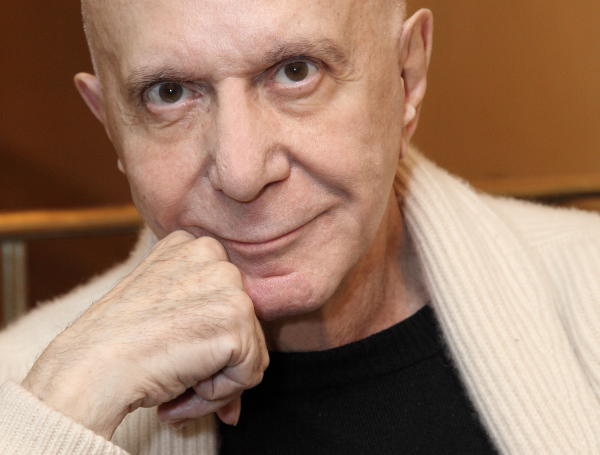 Roland Petit, a choreographer in post-WWII ballet, was responsible for defining a new French chic and erotic frankness in dance, creating many roles for his wife, Zizi Jeanmaire. With July 2013 the second anniversary of his death, there has recently been a Moscow Stanislavsky production of Petit’s Coppélia, receiving mixed reviews.
Roland Petit, a choreographer in post-WWII ballet, was responsible for defining a new French chic and erotic frankness in dance, creating many roles for his wife, Zizi Jeanmaire. With July 2013 the second anniversary of his death, there has recently been a Moscow Stanislavsky production of Petit’s Coppélia, receiving mixed reviews. Tommy Franzen needs no introduction. Beginning his dance training in Sweden, he was only ever interested in street dance classes. Tommy then began working professionally at the young age of 14 in the musical Joseph, hopping from musical to musical before embarking on a 3-year performing arts diploma course at the Urdang Academy in London, for which he received a scholarship.
Tommy Franzen needs no introduction. Beginning his dance training in Sweden, he was only ever interested in street dance classes. Tommy then began working professionally at the young age of 14 in the musical Joseph, hopping from musical to musical before embarking on a 3-year performing arts diploma course at the Urdang Academy in London, for which he received a scholarship. DanceXchange, Birmingham, has got a dance-packed summer ahead, running a varied programme of dance activity for young people and students which begins in August. The dance hub will be carrying out a hive of activity for young dancers and aspiring professionals, beginning with two summer courses: Youth Dance Intensives for ages 11-14 and 15-21 years (10 August and 27-30 August), and Choreolab for ages 15-21 (19-24 August and 18-20 October).
DanceXchange, Birmingham, has got a dance-packed summer ahead, running a varied programme of dance activity for young people and students which begins in August. The dance hub will be carrying out a hive of activity for young dancers and aspiring professionals, beginning with two summer courses: Youth Dance Intensives for ages 11-14 and 15-21 years (10 August and 27-30 August), and Choreolab for ages 15-21 (19-24 August and 18-20 October).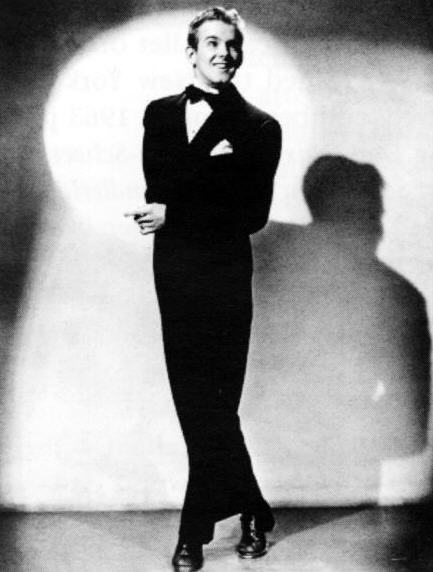 June 23 will mark the anniversary of dance legend Bob Fosse’s birth in 1927, almost 90 years since. Fosse was an American actor, dancer, musical theatre choreographer, director, screenwriter, film editor and film director, with some of his dance work including The Pajama Game (1954), Damn Yankees (1955), How To Succeed In Business Without Really Trying (1961), Sweet Charity (1966), Pippin (1972), Cabaret (1972) and Chicago (1975). He won eight Tony Awards for choreography and one for direction.
June 23 will mark the anniversary of dance legend Bob Fosse’s birth in 1927, almost 90 years since. Fosse was an American actor, dancer, musical theatre choreographer, director, screenwriter, film editor and film director, with some of his dance work including The Pajama Game (1954), Damn Yankees (1955), How To Succeed In Business Without Really Trying (1961), Sweet Charity (1966), Pippin (1972), Cabaret (1972) and Chicago (1975). He won eight Tony Awards for choreography and one for direction.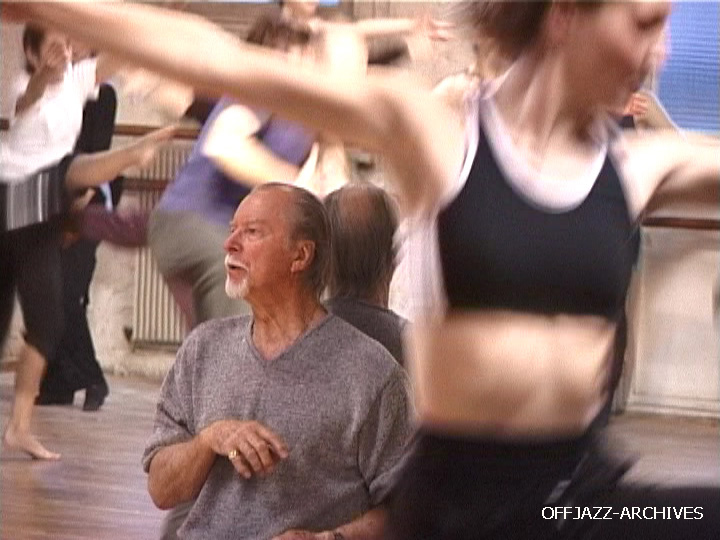
 Dance UK, the national voice for dance founded in 1982 to tackle the big issues facing the dance sector, has organised an array of events suitable for budding dancers, students, choreographers and teachers.
Dance UK, the national voice for dance founded in 1982 to tackle the big issues facing the dance sector, has organised an array of events suitable for budding dancers, students, choreographers and teachers.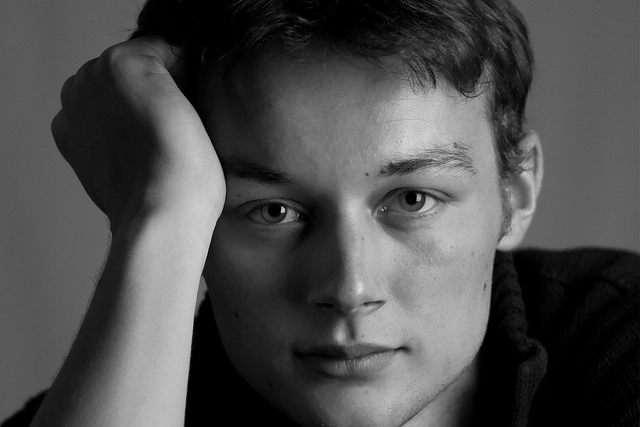
 With 2013 marking The Place’s 43rd anniversary, it was the opening of The Place theatre and the London Contemporary Dance School that saw a distinctly British school of modern dance. Although Robert Cohan may not have been the first person to teach or perform contemporary dance in the UK, he was the first to do it with a vision. As a dance partner of Martha Graham, one of the mothers of American modern dance, Cohan came to the UK from the US in 1967 and set in motion the careers of many of the UK’s most influential choreographers, from Richard Alston and Siobhan Davies to West End veteran Anthony Van Laast. Beginning humbly by teaching Graham technique to students, actors and artists who had little formal dance training, they were soon performing Cohan’s choreography as LCDT.
With 2013 marking The Place’s 43rd anniversary, it was the opening of The Place theatre and the London Contemporary Dance School that saw a distinctly British school of modern dance. Although Robert Cohan may not have been the first person to teach or perform contemporary dance in the UK, he was the first to do it with a vision. As a dance partner of Martha Graham, one of the mothers of American modern dance, Cohan came to the UK from the US in 1967 and set in motion the careers of many of the UK’s most influential choreographers, from Richard Alston and Siobhan Davies to West End veteran Anthony Van Laast. Beginning humbly by teaching Graham technique to students, actors and artists who had little formal dance training, they were soon performing Cohan’s choreography as LCDT.